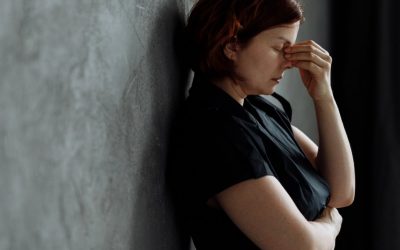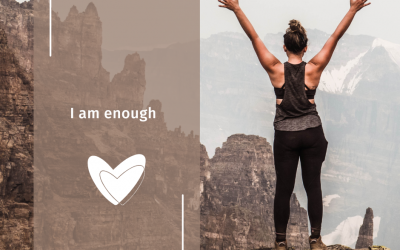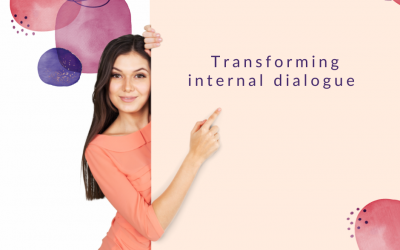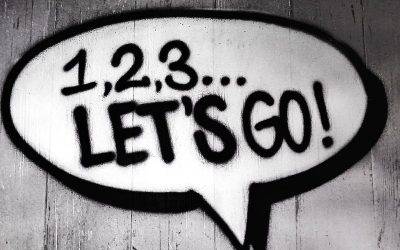COACHING
How to get out of the victim’s position and regain the influence?
MONIKA CHMURA / TRAINER
Understanding how the victim-accountable model works gave me a sense of influence and freedom. I realized that when something happens in my life, I’m not only a passive receiver of events, but I can also influence them. I do not have to follow, I can consciously shape my life.
I started to apply this knowledge in practice, but as it turns out many times I automatically act as a victim. However, since I am aware of this mechanism and how it works, I regain my sense of influence much quicker.
How do you think the victim?
The mechanism in question makes us think automatically at the moment when something unexpected and unpleasant happens: “Why me?”, “How could this happen to me?”, “Me again!” .
Surely you have met many people who constantly complain about things – weather, traffic jams, incompetent bosses, soulless doctors, health problems or demanding clients. During the meetings they exchange stories trying to proof that their position is the worst. You may have done the same thing many times. Blaming others: “It was all because of him, he informed me too late of the change of plans,” “he did it deliberately to entangle me”, “how could he forget about it”, blaming yourself “how could I be so naive!”, telling stories and looking for excuses for the situation the victim is in: “I always have a hard time in life”, “she left me”, “I had a difficult childhood”, “nobody taught me”, are all actions associated with automatic thinking.
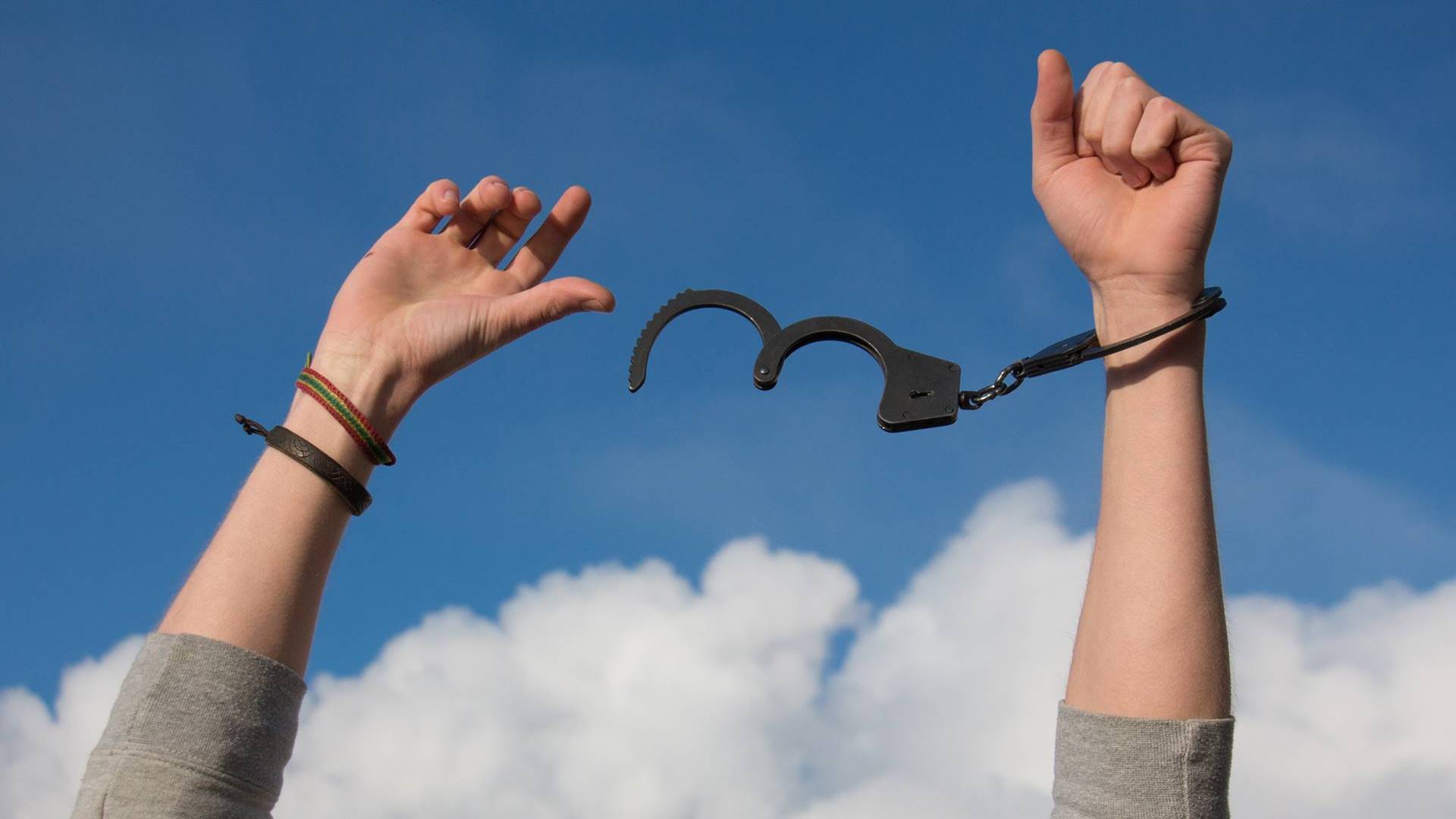
Understanding how the victim-accountable model works gave me a sense of influence and freedom
All this is to confirm that what the victim thinks and feels at the moment is true. But this reality exists only in the head of its owner. It is difficult to get out of the victims position, because a victim deeply believes that is stuck in a situation of no choice.
As a result, the victim is stuck in a place with no possibility of changing the situation. And waits and hopes that the world will change and the situation will improve, “in the end the phone will ring and someone will offer me a dream job” or “they will find out how valuable employee I was and ask me to come back” or “children will finally appreciate how much I do for them”. The victim waits and hopes that someone will eventually notice the victim needs help, or admits that he is to blame. In other words, something outside will happen and the victim’s situation will improve without any effort and taking action.
But the only thing that this strategy leads to is even more accusations, anger and self-pity. This negative thinking, which is usually accompanied by the absence of any real action leading to change of situation, ends with a sense of powerlessness and frustration. And since such strong emotions emerge, there is no room for creativity and perspective, a distant glance at the whole situation, which would make it possible to find a solution.
How to get out of the victim’s position?
Take a look at your emotions, think of answers to questions: What do I feel? What kind of emotion is accompanying me? What triggered this emotion? What is behind it? What unsatisfied needs or desires hide behind this emotion?
“The victim waits and hopes that someone will eventually notice the victim needs help, or admits that he is to blame.”
Do something for yourself that will make you feel better. It can be a walk, yoga, visualization, massage, or positive and supportive internal dialogue.
On the road to regain influence
And what if everything you experience in your life is the result of what you create and support with your thoughts, emotions, words and behaviour?
Take a look at yourself and acknowledge reality, however difficult it may be. Admit to yourself in front of you “yes, I am lonely“, “I have no job“, “once again my girlfriend left me“. Accept ownership, that you, through your actions, thoughts and emotions, have led to this situation. Think what you are actively doing that you are still in this or similar situation? And find a solution. Look for answers to questions: What can be done in this situation? What can I do? What do I decide to do? What is my goal? How can I achieve it? What is the first step that I will take?
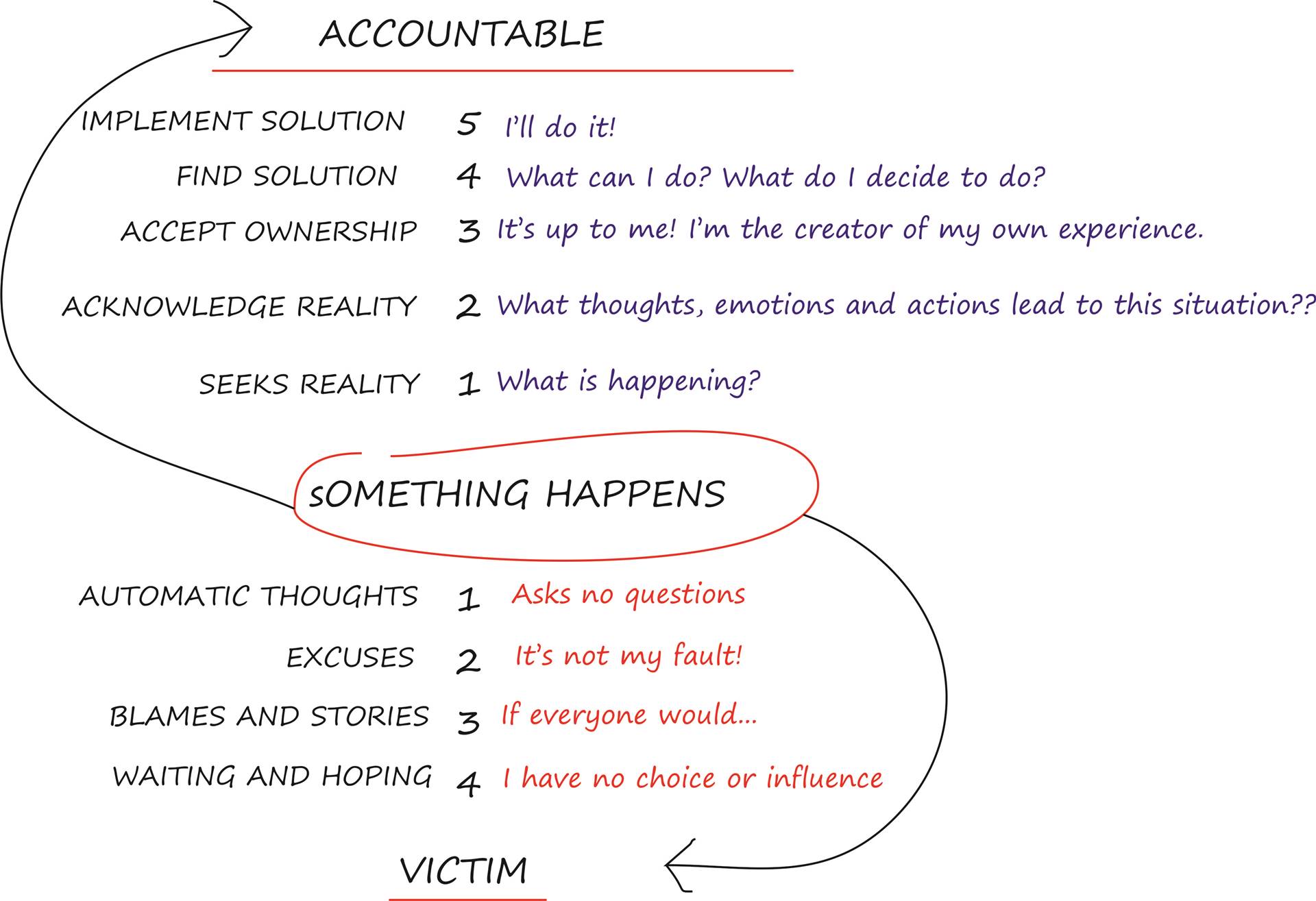
What if everything you experience in your life is the result of what you create and support with your thoughts, emotions, words and behaviour?
Then implement the solution and be aware of the results you achieve. Did you expect this? If so, you can congratulate yourself. If not, stop, take a look at what’s going on, find a solution, and take action.
I can get nervous about the stupidity, indifference, or aggression of other people. Or instead of accumulating negative emotions, I can teach my children empathy, mindfulness for another person, and sensitivity to environment and nature. I can influence and shape it. At any moment of my life, I decide, because I always have a choice, not always only I can see it. You might find these question helping: What can I do in this situation? What other way I can react? What would I advise to a friend? What do I choose? How do I want to feel in a given situation? How can I take care of myself? Because I always have a choice and I am the only person responsible for my life.
This article was produced as a result of the “Competence Improvement Program”, implemented by the Innovation Development Foundation.
Project is co-financed by the European Union Erasmus + (Action 1 Educational Mobility, Mobility of Adult Education Staff, Agreement number 2016-1-PL01-KA104-025815).
This project has been funded with support from the European Commission. This publication reflects the views only of the author, and the Commission cannot be held responsible for any use which may be made of the information contained therein.
License CC BY-SA
BLOG Development Support Foundation Innovator is licensed under a Creative Commons Attribution-ShareAlike 4.0 License We kindly ask you to quote the author of the entry explicitly and the source: "The text is from the blog of the Development Support Foundation Innovator and is located at [link to the relevant entry] Author of the text: [name surname]".
The CC-BY-SA license is excluded from the logo of the Foundation, to which all rights are reserved.
